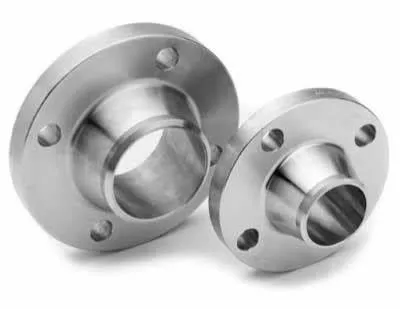-
Cangzhou Yulong Steel Co., Ltd.
-
Phone:
+86 13303177267 -
Email:
admin@ylsteelfittings.com
- English
- Arabic
- Italian
- Spanish
- Portuguese
- German
- kazakh
- Persian
- Greek
- French
- Russian
- Polish
- Thai
- Indonesian
- Vietnamese
- Zulu
- Korean
- Uzbek
- Hindi
- Serbian
- Malay
- Ukrainian
- Gujarati
- Haitian Creole
- hausa
- hawaiian
- Hebrew
- Miao
- Hungarian
- Icelandic
- igbo
- irish
- Japanese
- Javanese
- Kannada
- Khmer
- Rwandese
- Afrikaans
- Albanian
- Amharic
- Armenian
- Azerbaijani
- Basque
- Belarusian
- Bengali
- Bosnian
- Bulgarian
- Catalan
- Cebuano
- China
- China (Taiwan)
- Corsican
- Croatian
- Czech
- Danish
- Esperanto
- Estonian
- Finnish
- Frisian
- Galician
- Georgian
- Kurdish
- Kyrgyz
- Lao
- Latin
- Latvian
- Lithuanian
- Luxembourgish
- Macedonian
- Malgashi
- Malayalam
- Maltese
- Maori
- Marathi
- Mongolian
- Myanmar
- Nepali
- Norwegian
- Norwegian
- Occitan
- Pashto
- Dutch
- Punjabi
- Romanian
- Samoan
- Scottish Gaelic
- Sesotho
- Shona
- Sindhi
- Sinhala
- Slovak
- Slovenian
- Somali
- Sundanese
- Swahili
- Swedish
- Tagalog
- Tajik
- Tamil
- Tatar
- Telugu
- Turkish
- Turkmen
- Urdu
- Uighur
- Welsh
- Bantu
- Yiddish
- Yoruba

Sep . 04, 2024 03:43 Back to list
flange dimensions en 1092 1
Flange dimensions play a critical role in the design and manufacturing of piping systems and pressure vessels, particularly in accordance with standards such as EN 1092-1. This European standard provides essential guidelines for the dimensions, tolerances, and markings of flanges used in various industrial applications. Understanding these dimensions is imperative for ensuring compatibility, safety, and efficiency in piping systems.
.
The standard specifies various nominal sizes, typically ranging from DN 10 to DN 4000, accommodating a wide range of piping systems. For each nominal size, the standard outlines precise dimensions, ensuring that engineers, manufacturers, and contractors can adhere to uniformity when designing and constructing piping systems. For instance, the thickness of the flange is an essential dimension that impacts the overall strength and durability of the joint.
flange dimensions en 1092 1

Moreover, the standard addresses the material specifications for flanges, which can vary depending on the application and the media being transported. Common materials include carbon steel, stainless steel, and various alloys, each chosen based on corrosion resistance, temperature tolerance, and pressure handling capabilities. The proper selection of materials in conjunction with the dimensions outlined by EN 1092-1 is crucial for the longevity and reliability of the piping system.
Markings and identification of flanges are also addressed in the standard. Each flange must be appropriately marked with its dimensions, pressure rating, and the manufacturing standard, which not only provides information for installation but also aids in traceability, ensuring that quality control measures are maintained throughout the supply chain.
In summary, EN 1092-1 establishes a comprehensive framework for flange dimensions that is essential for the design and implementation of piping systems in various industries. From the precise measurements to the material selection and identification requirements, adherence to this standard helps to ensure safe, efficient, and reliable connections. Understanding these dimensions and standards is crucial for engineers and manufacturers alike, ensuring that systems operate smoothly and effectively within their designed parameters. As industries evolve and demand for more complex systems increases, the importance of standardized flange dimensions becomes even more pronounced, fostering enhanced interoperability and consistency across applications.
Latest news
-
ANSI 150P SS304 SO FLANGE
NewsFeb.14,2025
-
ASTM A333GR6 STEEL PIPE
NewsJan.20,2025
-
ANSI B16.5 WELDING NECK FLANGE
NewsJan.15,2026
-
ANSI B16.5 SLIP-ON FLANGE
NewsApr.19,2024
-
SABS 1123 FLANGE
NewsJan.15,2025
-
DIN86044 PLATE FLANGE
NewsApr.19,2024
-
DIN2527 BLIND FLANGE
NewsApr.12,2024
-
JIS B2311 Butt-Welding Fittings LR/SR 45°/90° /180°Seamless/Weld
NewsApr.23,2024











